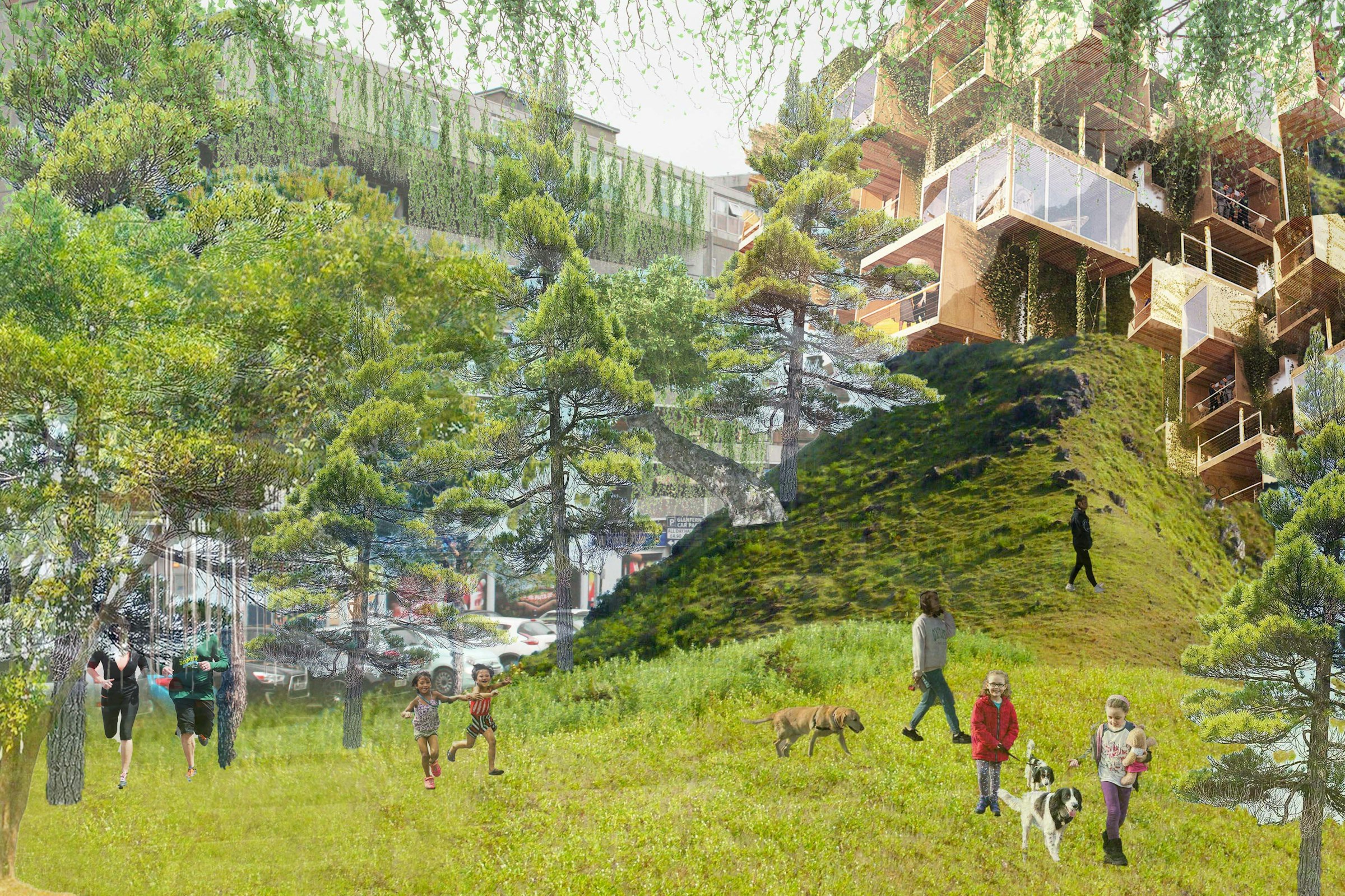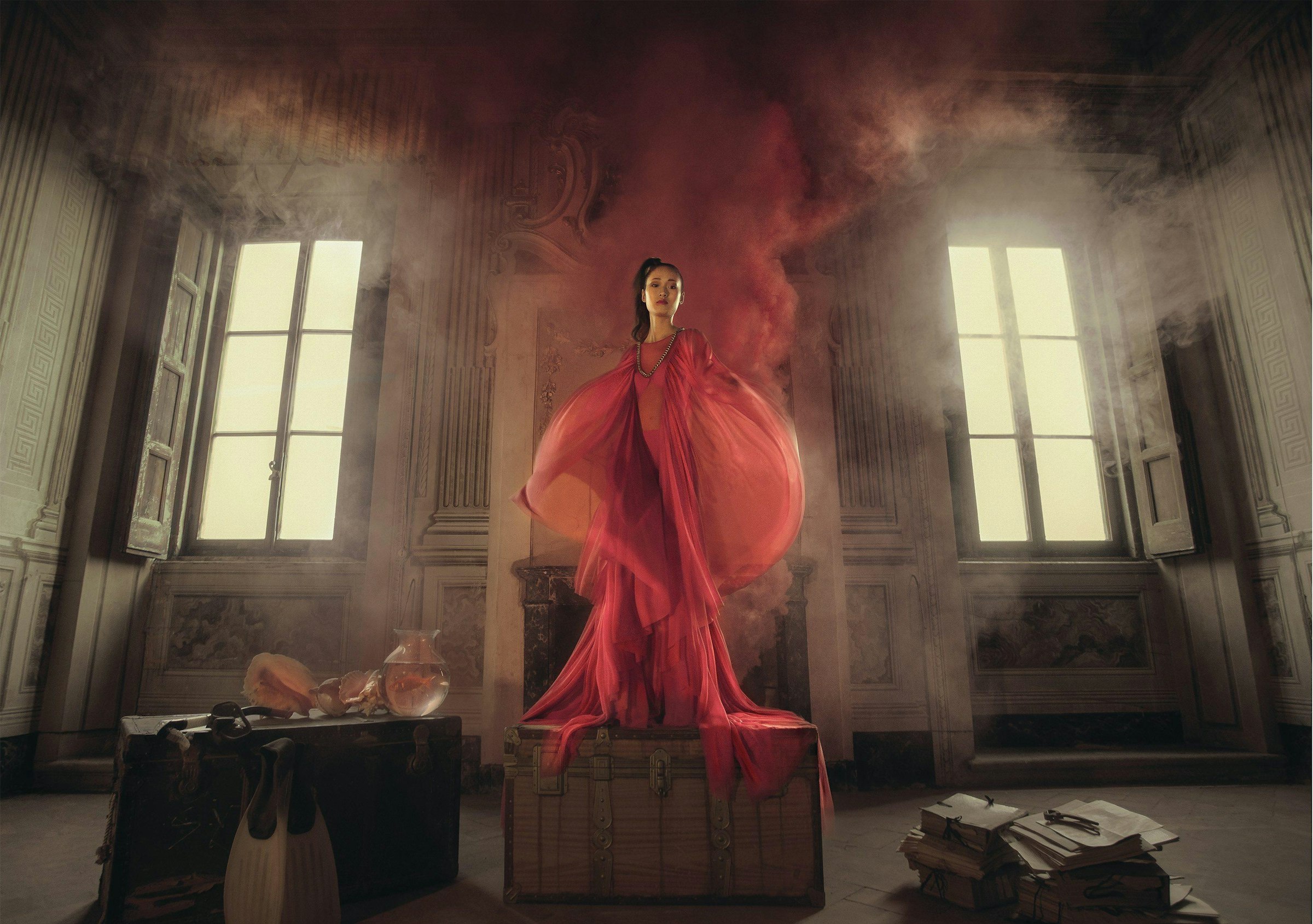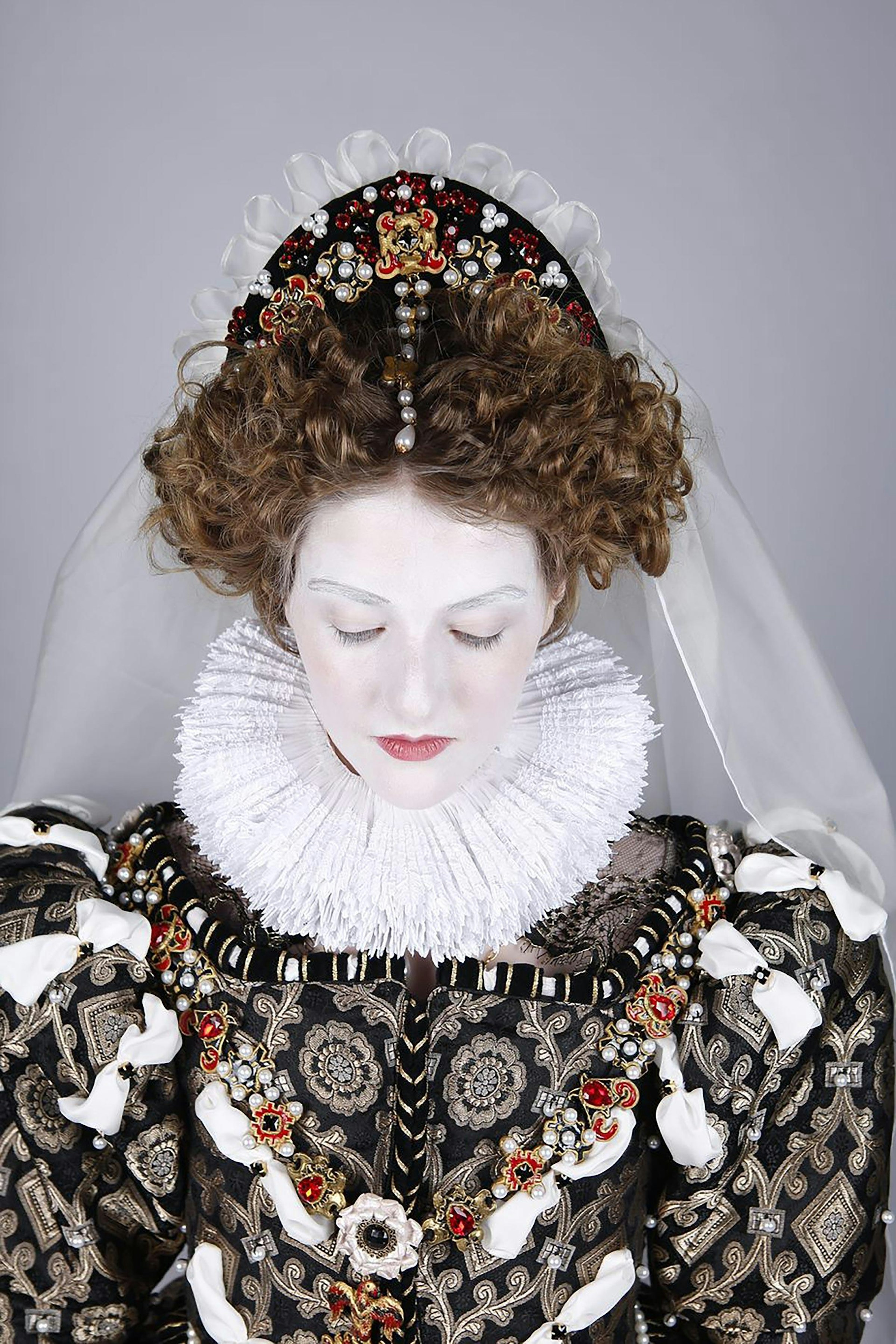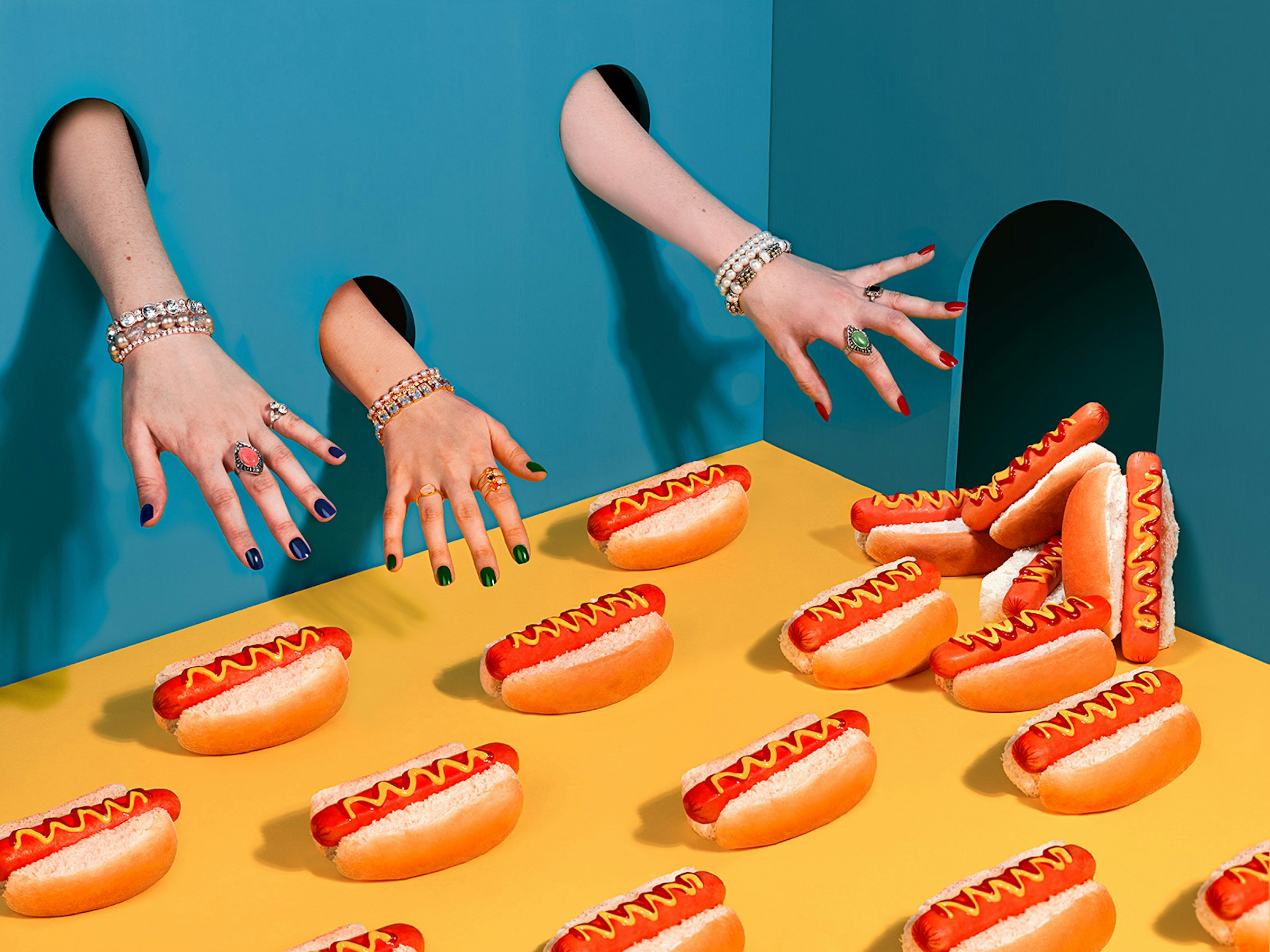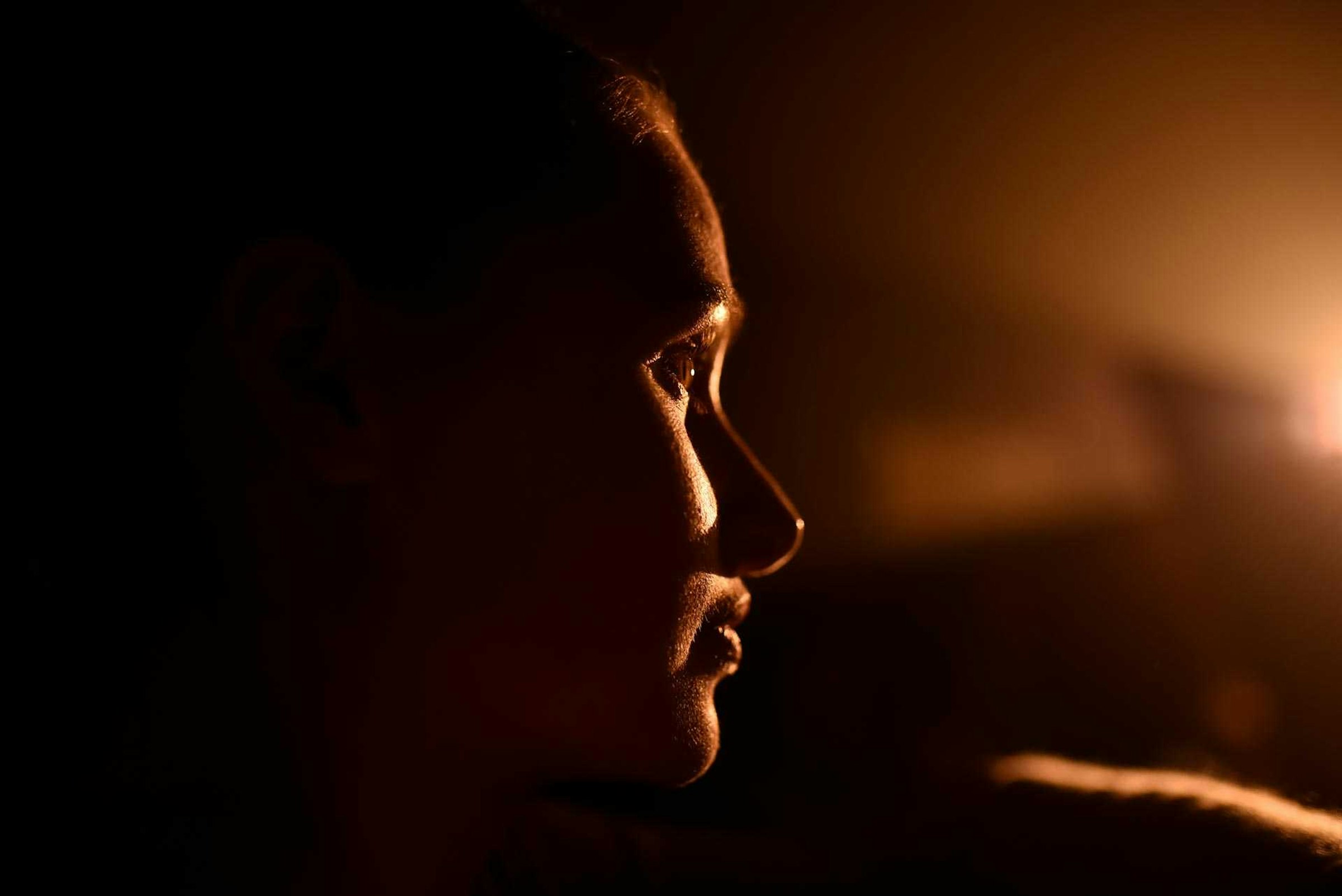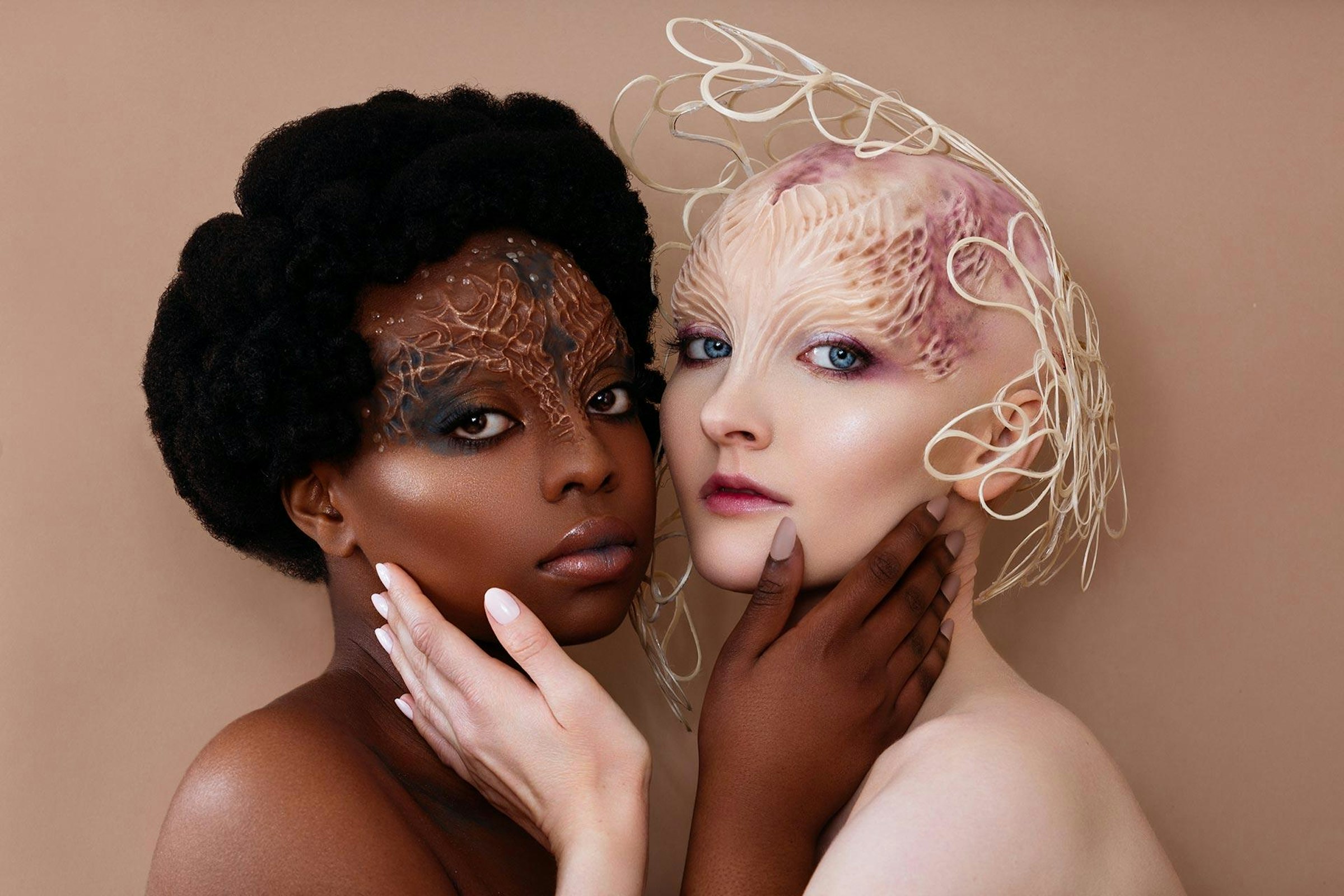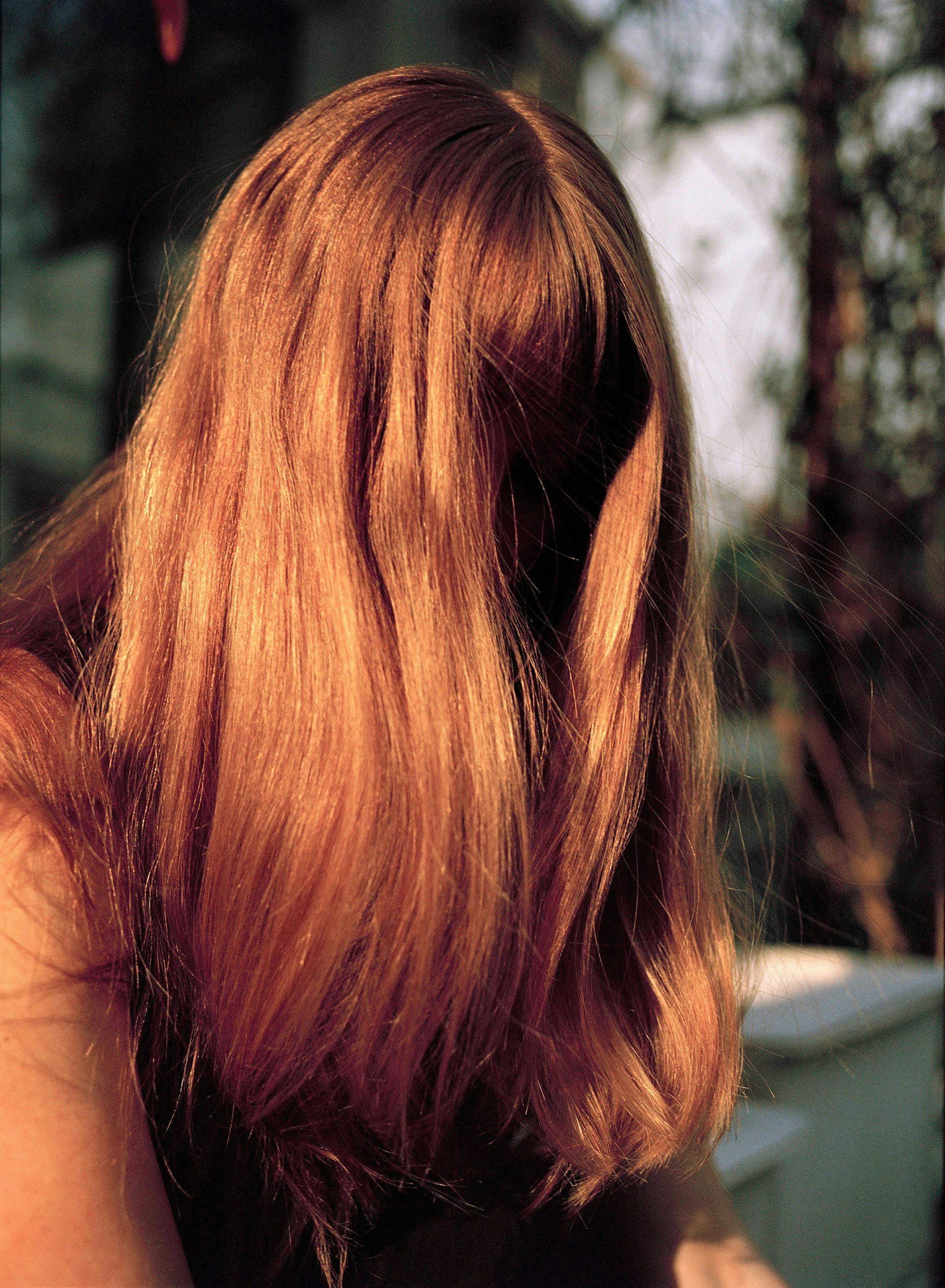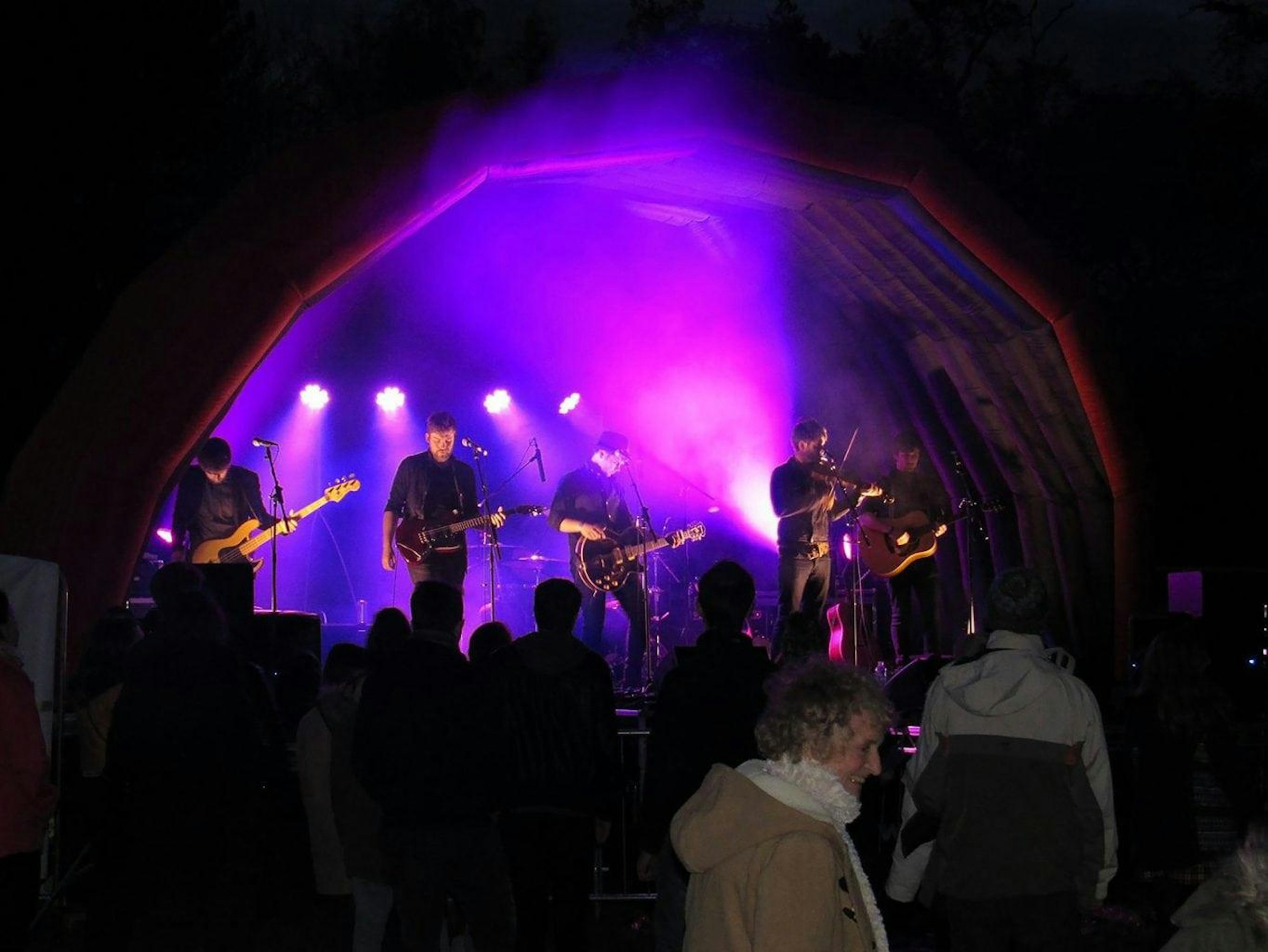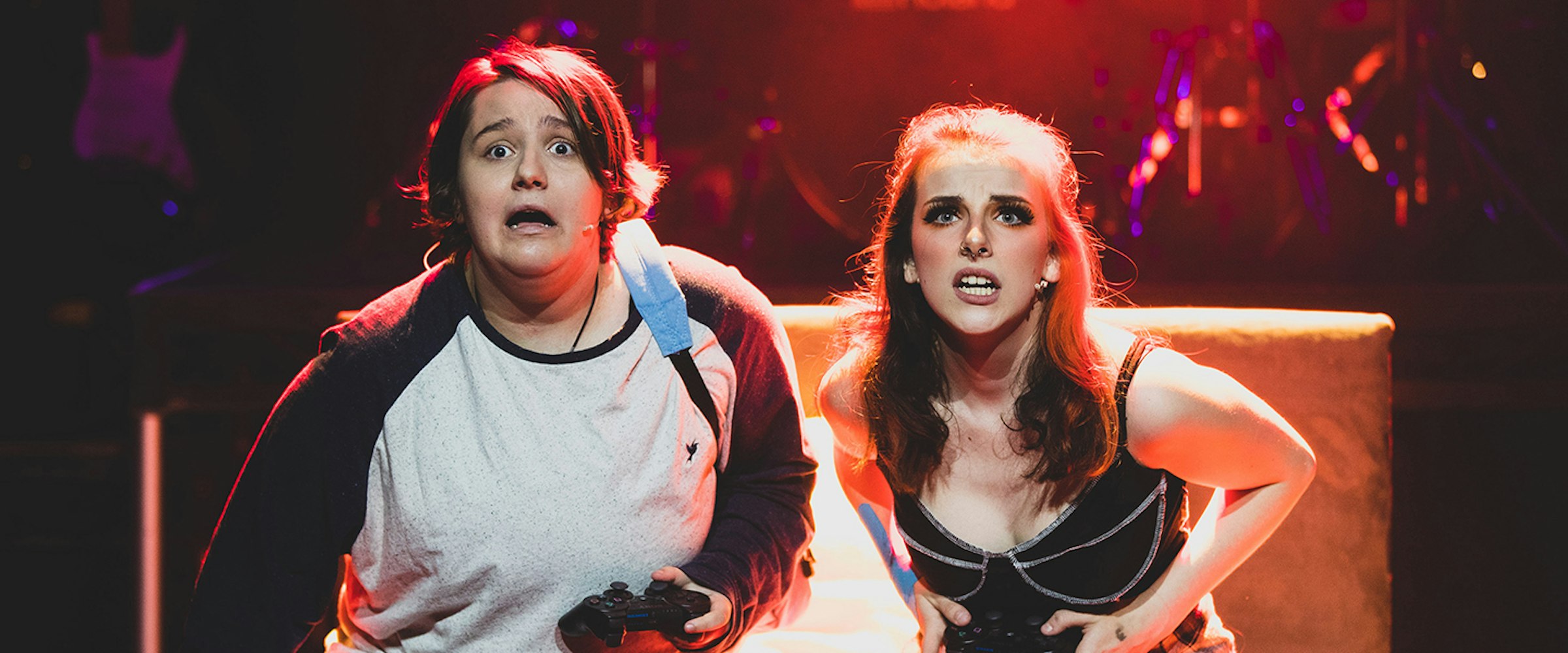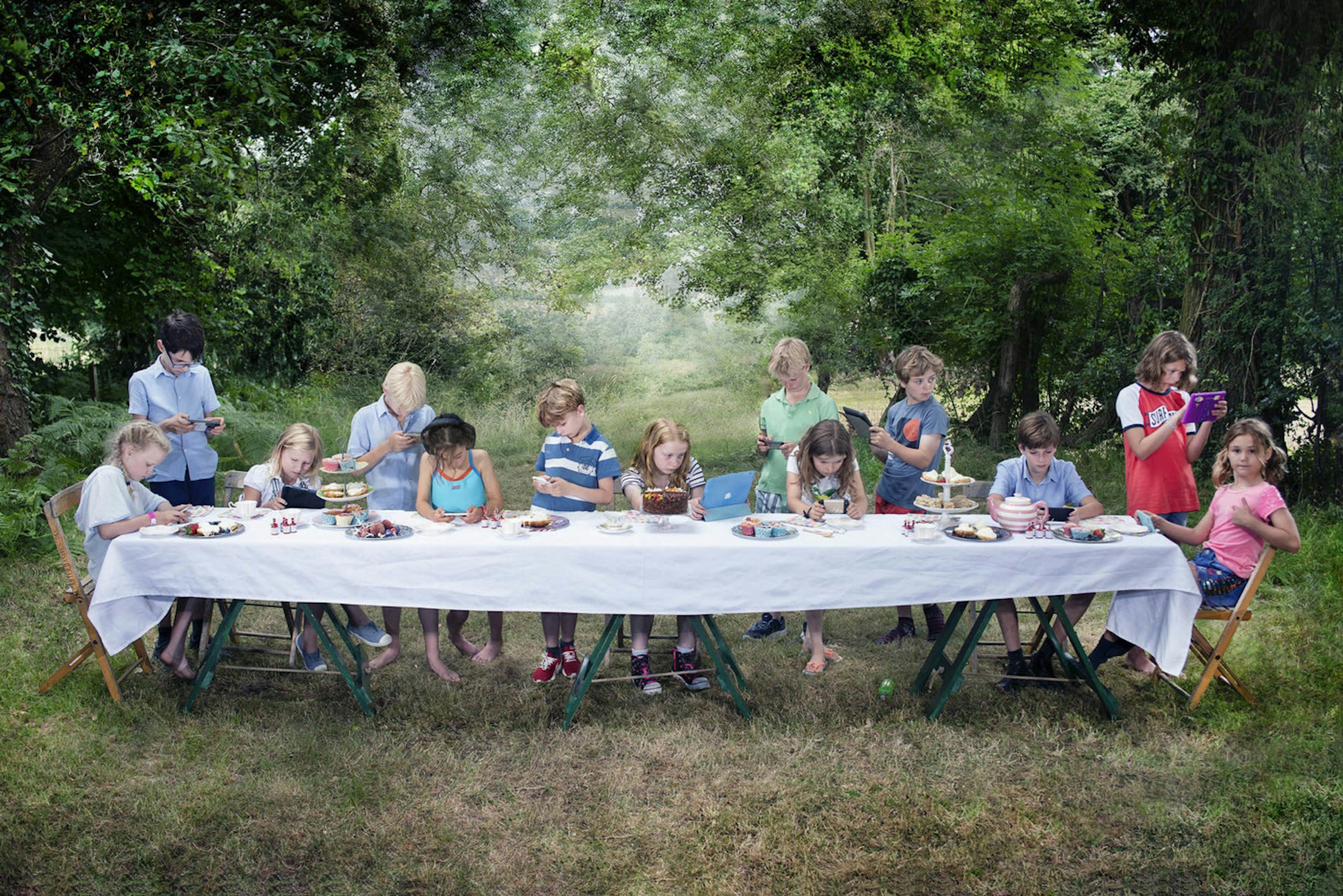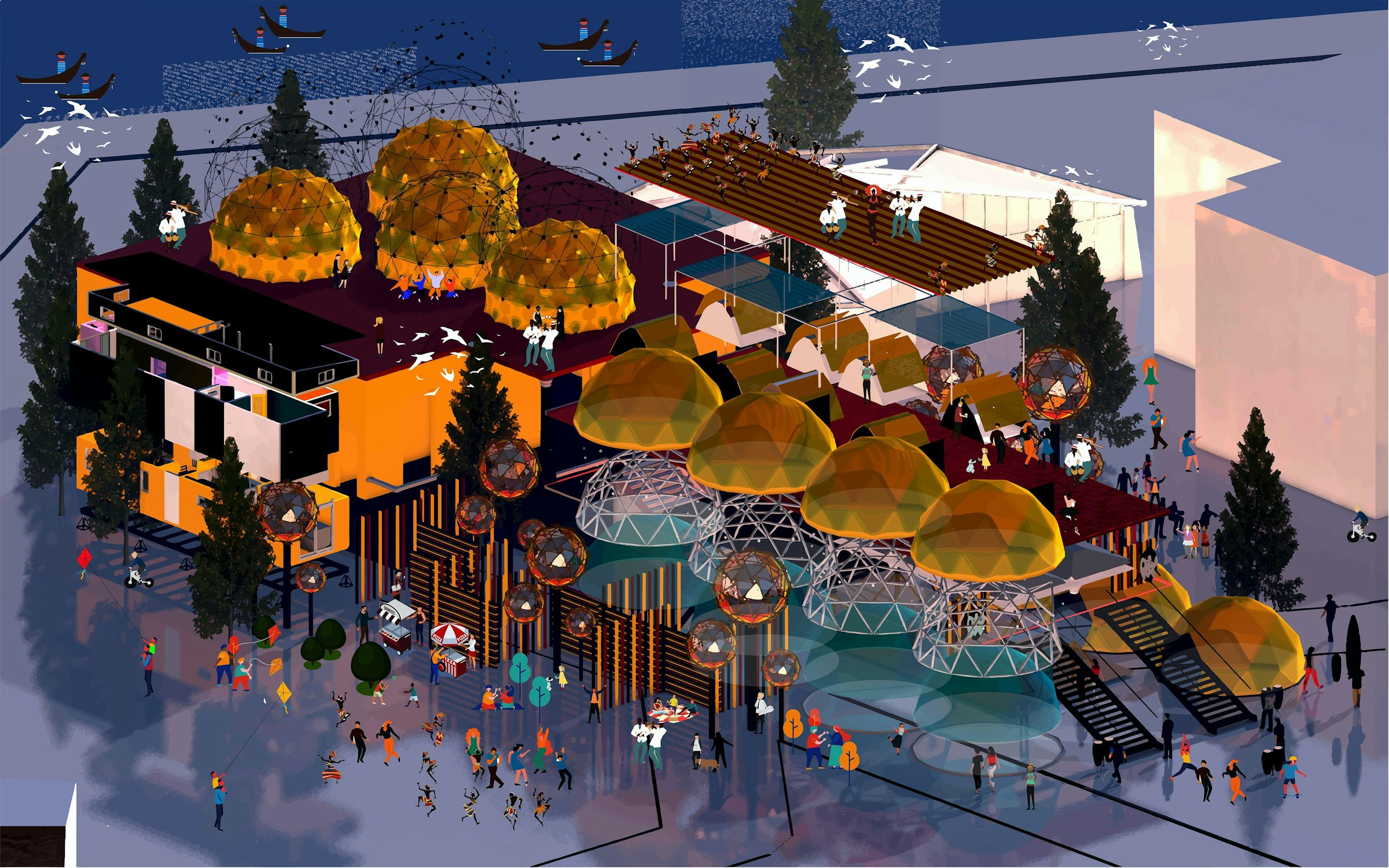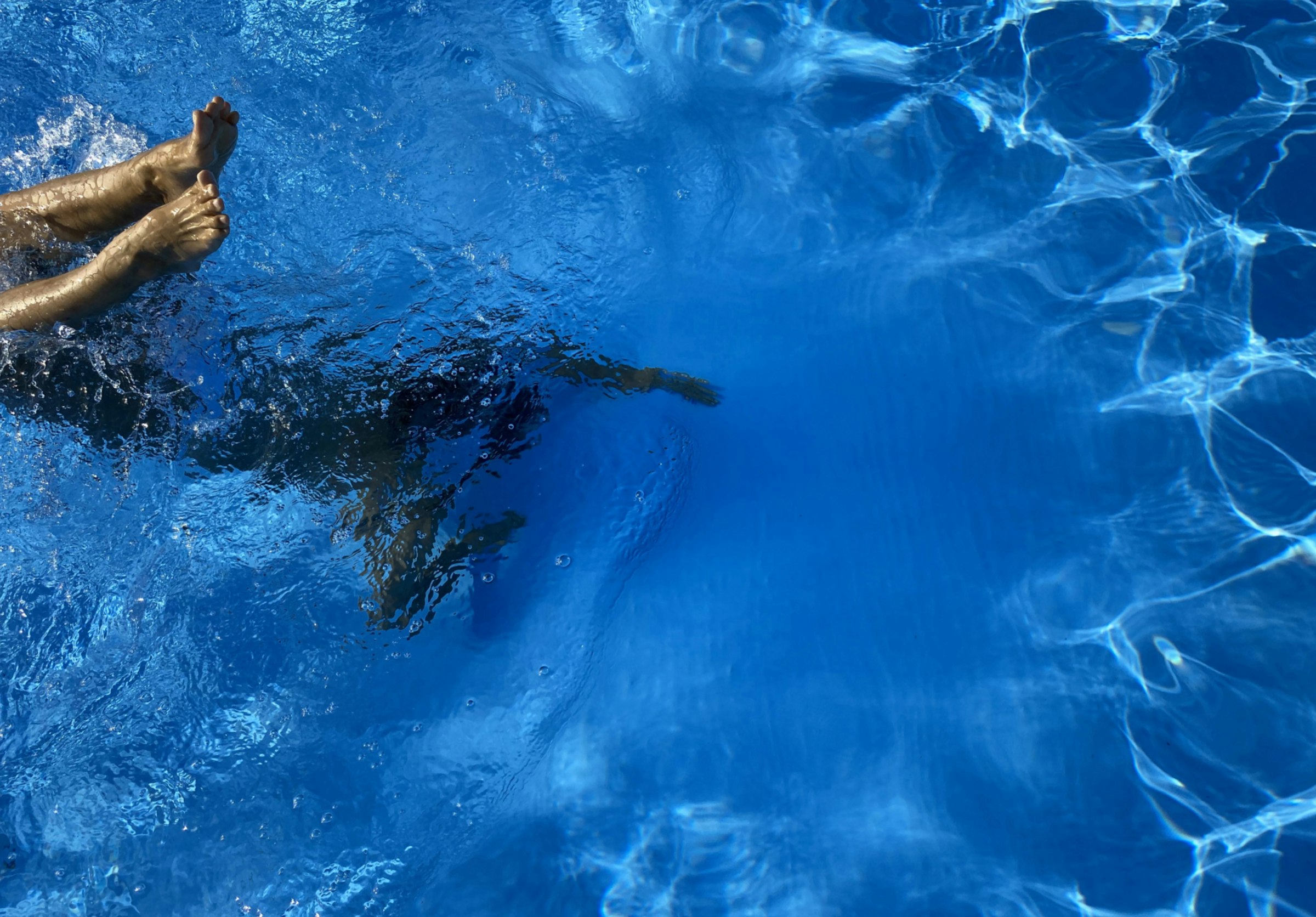- Home
- Latest
- Student Stories
- Jessica Tipper – “I wanted to become par...

One summer day, we took students on the Mixed Media course out for some observational drawing around campus. I chatted with a student who was struggling with her study of a pinecone – she was really trying but found it difficult to get the result she wanted. I spent about five minutes guiding her, suggesting she map out the darkest shapes, observe the angles of the shadows, and focus on how to truly see the object in front of her. After speaking with other students, I returned about 15 minutes later. Her drawing had improved massively; she was proud of what she had accomplished and grateful for my advice. That breakthrough moment – seeing the impact of a short conversation and the pride a student can feel in their work – was an amazing experience. It has stayed with me and led me to where I am today.
I completed my BA in Fine Art here at AUB in 2020, graduating with a First. The course expanded how I think about art, the world, and how I can contribute to change. I’ve always aimed to push boundaries in my work, whether through the media I use – at the time, I was a digital video performance artist – or the concepts I explore, like trans-humanism and the relationship between magic and technology. After graduation, I wanted to become part of the next generation of artists and teachers, rethinking what these roles mean and considering the impact I could have.
In late 2020, I started my Postgraduate Certificate in Education (PGCE) part-time, specialising in post-compulsory education to work with students aged 16 and up. Teacher training requires a certain number of hours spent working in placement with a workplace mentor. These placements are often voluntary, especially at college-level where funding for trainees is limited. Although unpaid, I was fortunate to secure a placement on the Foundation Diploma in Art and Design at Bournemouth and Poole College while earning my qualification from the University of Wolverhampton. Balancing my studies, placement, and paid work as an academic support assistant – helping disabled students – was a challenge.
Those two years of juggling studying, paid and unpaid work transformed how I teach, organise myself, and function as a professional. I had the opportunity to work with diverse students and educators, from bricklayers and engineers to performing artists. This exposure allowed me to absorb a wide range of teaching techniques from specialists in various fields. It also gave me insight into students with different backgrounds, with some returning to education after years away, others working hard for the chance to attend university.
After earning my teaching qualification and working for another year, I had learned a great deal about myself and the kind of artist/teacher I wanted to be. However, I had let my artistic practice take a back seat. It had been years since I had exhibited my work or created something that I felt challenges the boundaries of fine art. When I became a visiting tutor on AUB’s short courses, it was a full-circle moment – these were the same courses that had inspired me to teach. This opportunity allowed me to quit my previous job and begin my MA in Fine Art, a key step toward lecturing in higher education and reviving my artistic practice. As an AUB alumna, I received a discount on my tuition fees, and I was excited to access the University’s fantastic facilities and teaching. I chose to study full-time, while teaching between three and 10 hours a week in the evenings and on weekends.
The MA Fine Art course is mind-blowing. It allowed me to explore new media and tackle challenging topics at the cutting edge of contemporary fine art. Before starting the course, I had dabbled in digital 3D modelling, and I was eager to develop this skill further. Mostly self-taught, I worked rigorously to refine my abilities, creating surreal 3D images, animations, and 3D-printed sculptures. The course is intensive and asks a lot of you as an artist; with an 80% weighting on independent studio practice, I got to churn out work and develop a completely transformed methodology. At the busiest point of the year, I was teaching three separate courses weekly while working in the studio every day. Each day felt like an opportunity to learn something transformative which I could then pass on to my students, approaching art and design topics from a refreshed perspective. It was demanding but incredibly empowering.
On days when I struggled, I found support in the community of people I met during the course. We helped each other navigate the intensity of the year. After a three-year break from arts education, I had a deep appreciation for the studio space and facilities. On slower days, when I lacked energy, the studio became a haven, even if just a space to think or answer emails.
I’m still learning how to balance teaching with my artistic practice, but this past year has given me something vital. My thirst for knowledge has been reignited, and my desire to push the boundaries of art and rethink how students engage with their work has become central to my professional practice. I graduated with a distinction in MA Fine Art from AUB, but this is just the beginning. I aim to continue developing my skills in digital fine art, exhibiting my work, and getting published as I work toward my goal of lecturing full-time in higher education.



